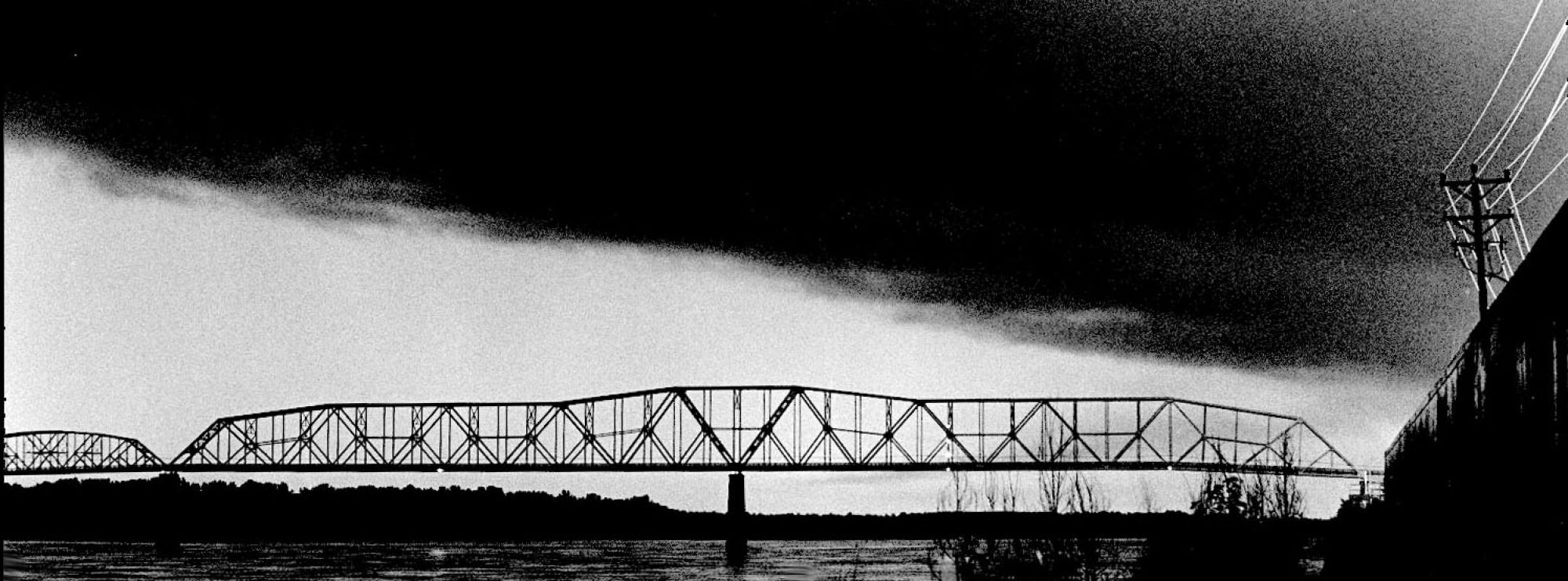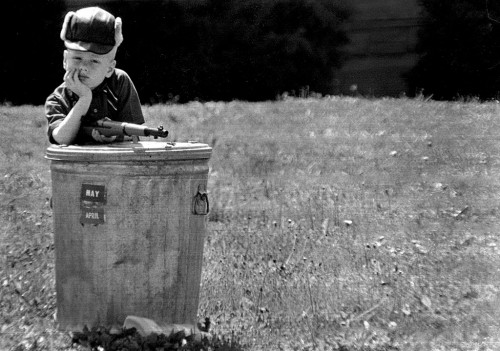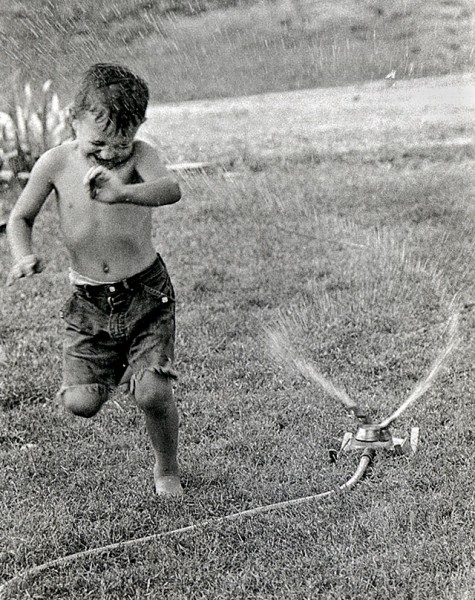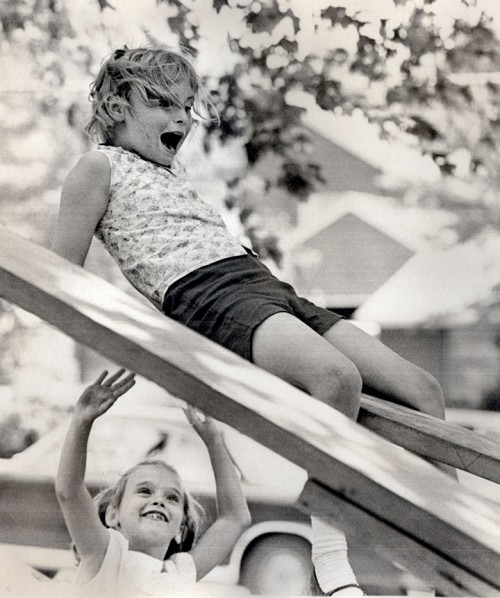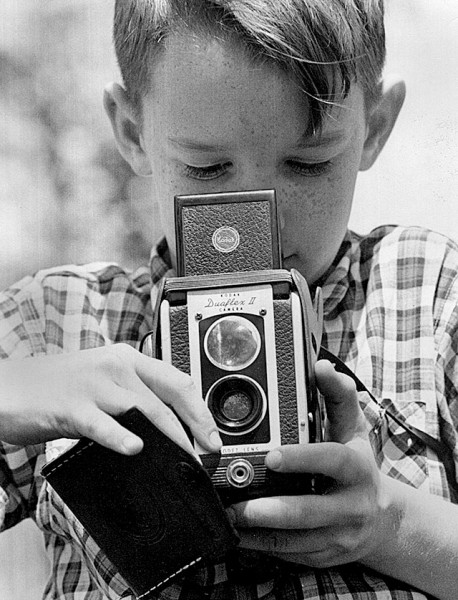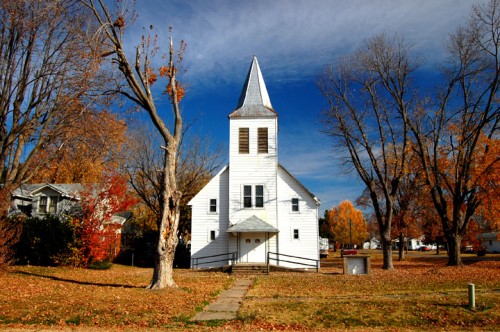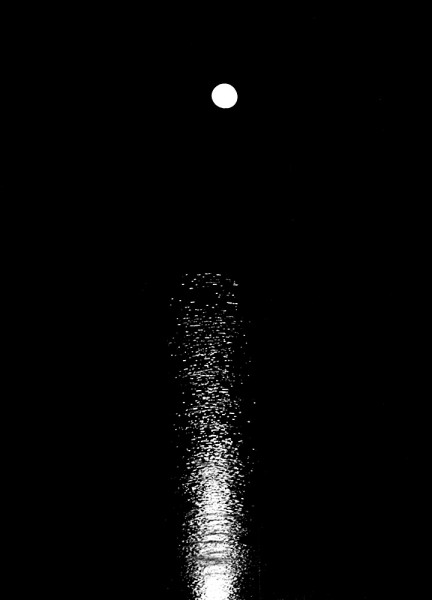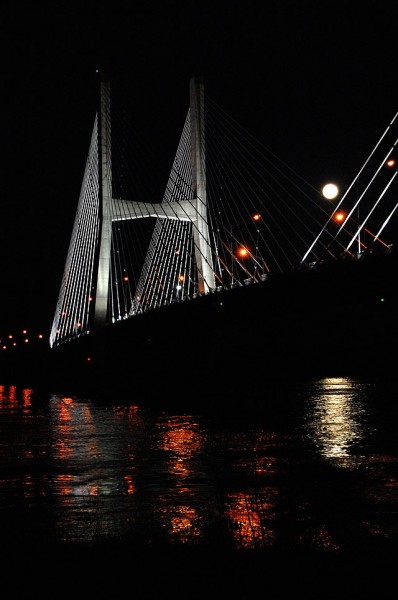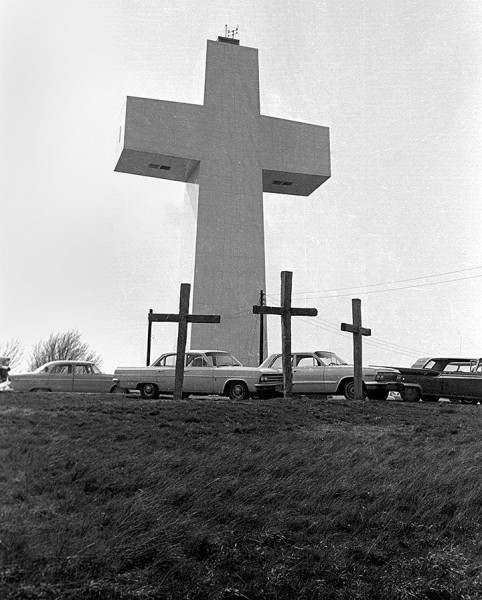 At 12:53 a.m., Wife Lila stuck her head in and said, “I’m going to bed. Do you have anything for me to read?”
At 12:53 a.m., Wife Lila stuck her head in and said, “I’m going to bed. Do you have anything for me to read?”
“I’m far enough along that you can give it a quick look,” I said, welcoming a chance to knock off early (for me).
“You do know, of course, that Father’s Day isn’t THIS weekend. It’s next weekend, right?”
“Bleep! Are you sure?” (I forgot who I was talking with. Of COURSE, she was sure.)
So, that’s how you’re getting what I suppose is an Easter service at Bald Knob Cross. It was handy. (Click on the pictures to make them larger.)
How to edit bad photos
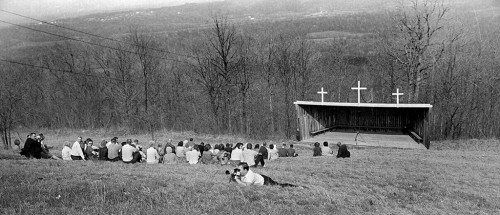 The last time I ran pictures of the Bald Knob Cross, it was to illustrate how you can use judicious cropping and some darkroom techniques to save a technically flawed photograph.
The last time I ran pictures of the Bald Knob Cross, it was to illustrate how you can use judicious cropping and some darkroom techniques to save a technically flawed photograph.
Two women and Faith
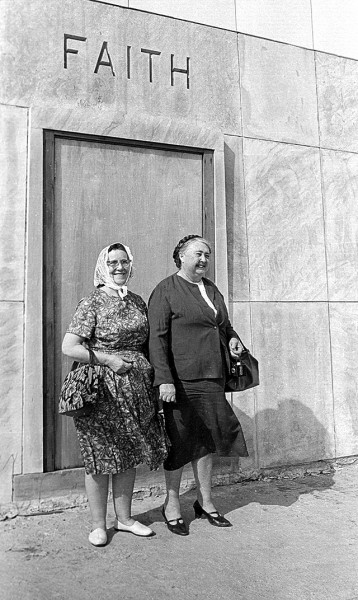 There’s something Salt of the Earth about these two women. They were probably lined up having their picture taken by someone else when I snapped one from off on the side. There’s a real feeling of life and spirit in the two.
There’s something Salt of the Earth about these two women. They were probably lined up having their picture taken by someone else when I snapped one from off on the side. There’s a real feeling of life and spirit in the two.
Here’s a story where I dealt more with the history of the monument than with photographic technique.
On the plus side, I’ll be able to go to bed early NEXT Sunday.
